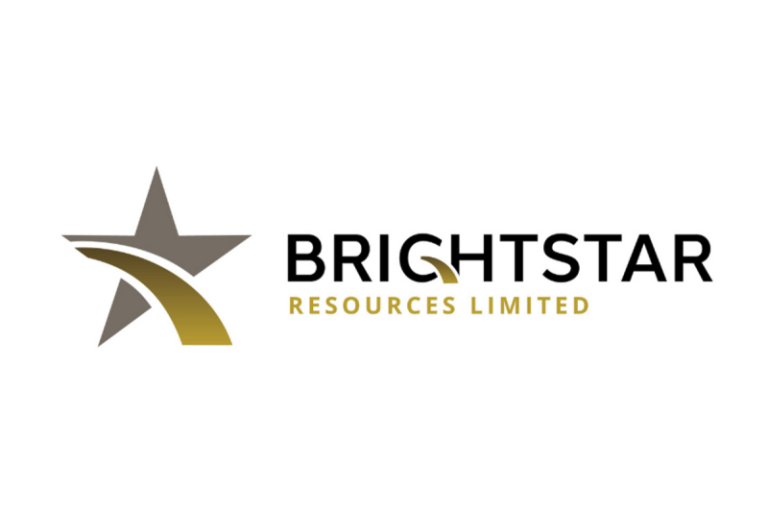President Donald Trump’s rallying speech to House Republicans Tuesday morning wasn’t enough to convince some holdouts to unite behind his ‘big, beautiful bill’ ahead of a planned vote this week.
Trump urged Republicans to cease infighting on Medicaid reform and state and local tax (SALT) deduction caps at the House GOP’s weekly conference meeting. Several Republicans who emerged said they were still concerned enough to oppose the bill, however.
House Freedom Caucus Chair Andy Harris, Rep. Eric Burlison of Missouri, Rep. Thomas Massie of Kentucky and representatives Nick LaLota, Mike Lawler and Andrew Garbino of New York told Fox News Digital Tuesday they would vote against the bill if changes were not made.
On the other hand, Trump did persuade some people. Rep. Ralph Norman of South Carolina, one of several Republicans to sink a committee vote on the bill Friday, told reporters he would review it and make a ‘judgment call’ ahead of a 1 a.m. meeting to advance the bill through the House Rules Committee.
Norman said Trump did a ‘fantastic job’ and delivered ‘one of the best speeches I’ve heard’ at the House GOP meeting, and he urged his blue state colleagues to ‘take the words the president said to heart about SALT.’
Norman and Rep. Chip Roy, R-Texas, are both members of the powerful rules panel who have not been shy about their concerns with the current bill. The committee acts as the final gatekeeper before most legislation sees a full House vote.
Roy did not appear to attend Trump’s speech but told reporters Monday evening the 1 a.m. Wednesday vote should be postponed.
But the New York Republicans weren’t budging after Trump’s ‘big, beautiful’ speech, maintaining the bill doesn’t go far enough to deliver for middle-class New Yorkers on the SALT deduction cap.
‘This is the single biggest issue that I’ve talked about, and, with all due respect to the president, I’m not budging,’ Lawler said.
‘Between property taxes and income taxes, it blows well past the $30,000 cap with the $400,000 income cap. So, as I’ve said repeatedly, that is insufficient. We will continue the dialogue with leadership, but as it stands right now, I do not support the bill,’ Lawler said.
Lawler said SALT is one of the biggest issues affecting his district in New York and campaigned on never supporting a tax bill that doesn’t ‘adequately lift the cap.’
‘The president can say whatever he wants, and I respect him, but the fact is, I certainly understand my district. I’m one of only three Republican members that won in a district Kamala Harris won, and I did so for reasons,’ Lawler said.
‘We need a little more SALT on the table to get to this,’ fellow New York Republican LaLota added. ‘I hope the president’s presence motivates my leadership to give us a number that we can go sell back home.’
LaLota said while he is still a ‘no,’ he hopes ‘the president’s presence here today motivates some folks in the Ways and Means Committee and my leadership to give us a number to which we can actually say ‘yes.’’
When asked if Trump did enough to ease concerns in Tuesday’s meeting, Garbarino, another New York Republican, said, ‘No. There were no specifics. … It was more of a rally. We need to get this done.’
‘We share President Trump’s call for unity within the House Republican Conference,’ Rep. Young Kim, R-Calif., said in a joint statement after Trump’s visit to Capitol Hill.
‘We hope his remarks today motivate the Speaker to advance a SALT proposal that delivers meaningful relief for our middle-class constituents, as we have worked in good faith with House Leadership for more than a year,’ the statement from Kim, Garbarino, Lawler, LaLota and Rep. Tom Kean, R-N.J., said.
Meanwhile, Trump urged Republicans not to ‘f— with’ Medicaid in his speech, though different factions came to different conclusions about what he meant.
Rep. Andy Ogles of Tennessee, who was not in the room for Trump’s speech, called for more cuts to the entitlement program in an X post Tuesday afternoon but told Fox News Digital he was opposed to the legislation as written.
‘I agree with President Trump — we must crush the waste, fraud, and abuse. Liberal states like California and New York are abusing Medicaid — and making you pay for it. Illegal aliens and freeloaders have no right to taxpayer-funded benefits,’ Ogles said on X.
Other fiscal conservatives, like Ogles, who were in the room, said the bill does not go far enough to reform Medicaid and would also vote ‘no’ in the bill’s current form.
‘I think it’s inappropriate for us to say we’re not going to touch it and then leave all of this fraud that’s happening in the system,’ Burlison said.
Harris, the House Freedom Caucus chair, said, ‘I can’t support the bill. It does not eliminate waste, fraud and abuse in Medicaid. The president called for waste, fraud and abuse to be eliminated. I don’t think that’s where the bill sits.’
Massie, known for being a libertarian, was unconvinced by Trump’s appearance, telling reporters that his constituents didn’t ‘vote for increased deficits and Biden-level spending.’
He acknowledged that younger members or those who harbor ambitions for higher office would likely fall in line, however.
‘I think he probably closed the deal in there,’ Massie said.
SALT deduction caps and Medicaid remain two of the biggest sticking points in Republican negotiations. SALT deduction caps primarily benefit people living in high-cost-of-living areas like New York City, Los Angeles and their surrounding suburbs. Republicans representing those areas have argued that raising the SALT deduction cap is a critical issue and that a failure to address it could cost the GOP the House majority in the 2026 midterms.
Republicans in redder, lower-tax areas have said in response that SALT deductions favor wealthy people living in Democrat-controlled states and that such deductions reward progressive high-tax policies.
It was Trump’s Tax Cuts and Jobs Act of 2017 that first instituted caps on SALT deductions, setting the maximum at $10,000 for both married couples and single filers.
SALT Caucus members have rejected House Republican leaders’ offer to increase that to $30,000.
Members of the conservative House Freedom Caucus, meanwhile, are pushing for the bill to be more aggressive in cutting waste, fraud and abuse in the Medicaid system, including a faster timeline for implementing work requirements for able-bodied recipients. Currently, the legislation has work requirements kicking in 2029.
They also want to restructure Medicaid cost-sharing to put a bigger burden on the states. Moderates, meanwhile, have been wary of making significant cuts to the program.
House GOP leaders are hoping to hold a full House vote on the bill this week.
This post appeared first on FOX NEWS










